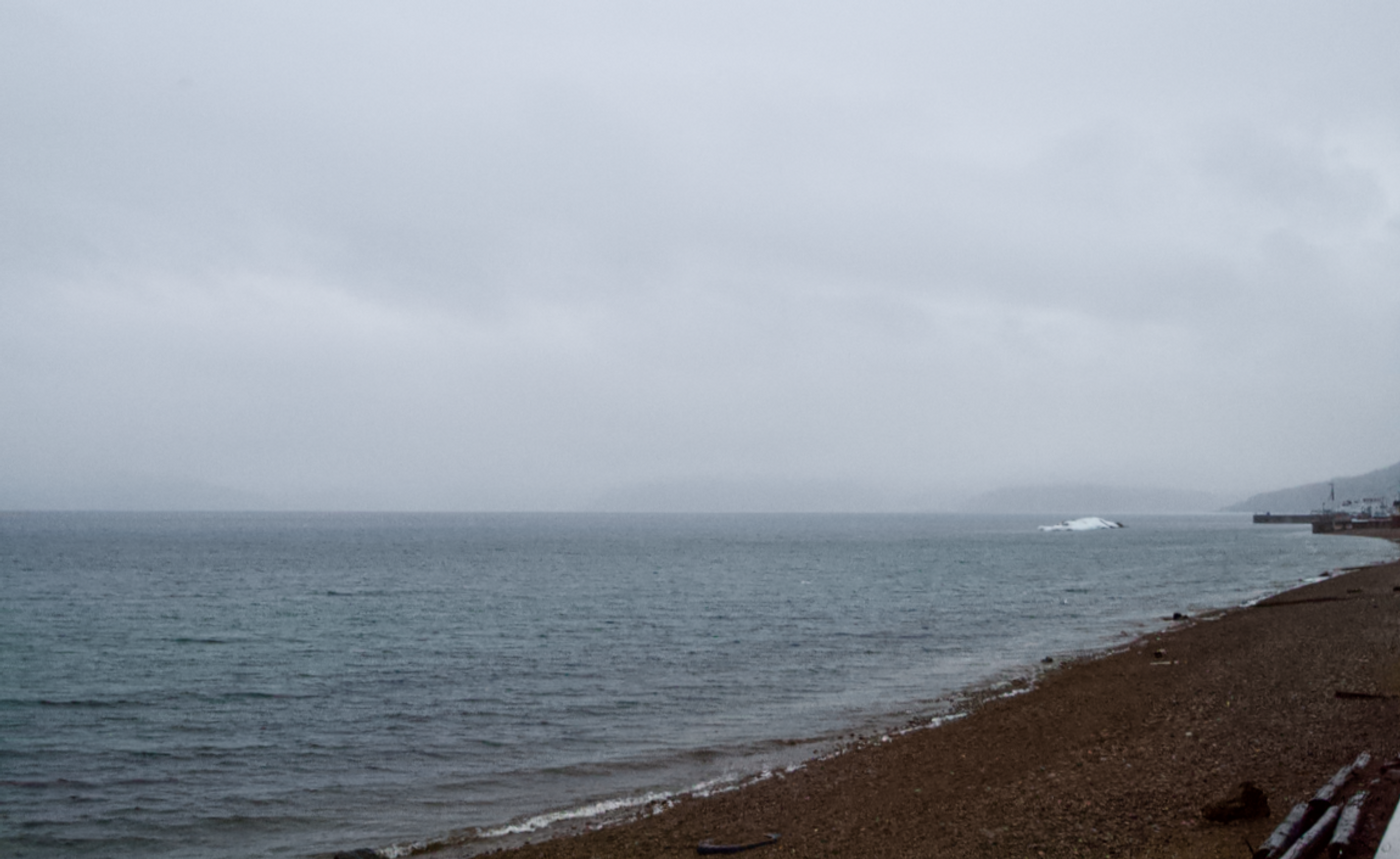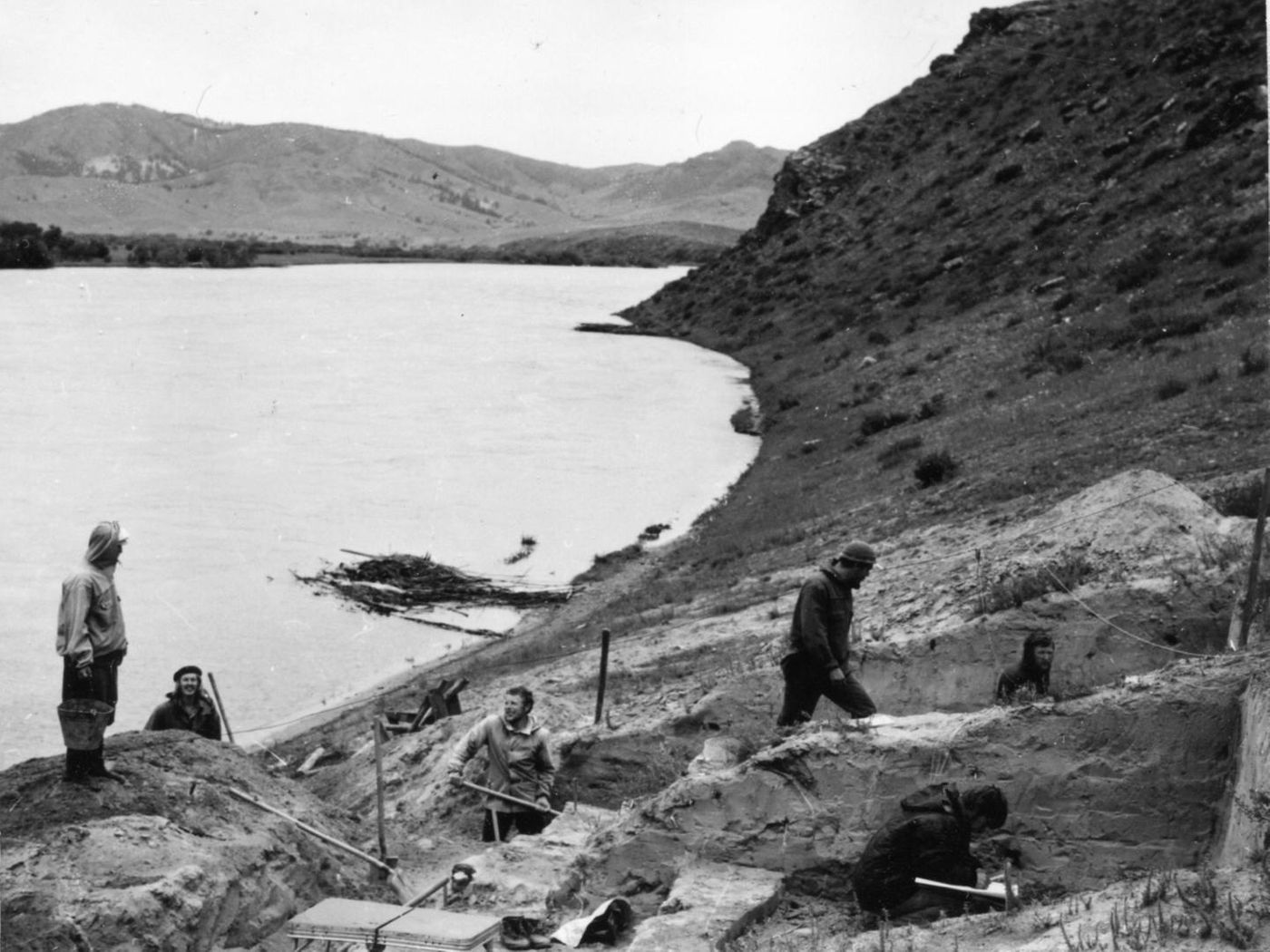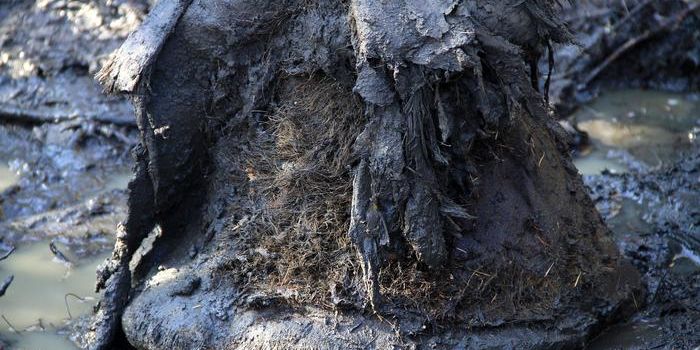Native Americans Have an Ancient Connection to Lake Baikal
Lake Baikal, located north of Mongolia in Russia, is thought to be the deepest and most ancient lake in the world. People have lived around Lake Baikal for about 40,000 years - since the Upper Paleolithic Era until now, and have left many artifacts behind. Researchers have investigated the history of humans around the lake, and have now found a deep connection between Native Americans and people of Siberia. This research, which was reported in Cell, has shown how connected and mobile the people of Eurasia were during the Early Bronze Age.
We know that humans were moving around a lot, and there were massive changes as many different groups interacted as the Neolithic Age transitioned to the Bronze Age. We still have a lot to learn about the timing of these interactions and what they were like.
In this work, nineteen ancient human genomes have been assessed using pathogen genomics and isotope analysis. These new sequences have revealed new connections between people that lived around Lake Baikal and the first people to populate the Americas as well as links to Eurasia that go back to the Upper Paleolithic and Early Bronze Ages, respectively. We've known that the closest ancestor of modern Native Americans has been found in Siberia, but this research shows just how much migration and mixing happened.
"This study reveals the deepest link between Upper Paleolithic Siberians and First Americans," said the first study author He Yu. "We believe this could shed light on future studies about Native American population history."
While other research has shown that Siberian and American populations are connected, this study utilized a 14,000-year-old human genome that carries the oldest mixed ancestry found in Native America. It came from a tooth fragment excavated in 1962 around Lake Baikal. The person was probably from southern Siberia, and shares the same ancestry found in Native Americans - Ancient North Eurasian and Northeast Asian. Another younger individual from northeastern Siberia, from the Mesolithic Age, has also been found with this genetic mixture.
This work suggests that the ancestry of the native people of North and South America was distributed over a wider area than we knew. There is evidence that this population mixed with Northeast Asian populations frequently, varying the proportions over time and geography.
"The Upper Paleolithic genome will provide a legacy to study human genetic history in the future," said co-corresponding study senior author Cosimo Posth.
The ancient humans that were found with this genetic mixture also carried a pathogen that causes the plague, Yersinia pestis. This suggests very wide-ranging contacts among people during the Early Bronze Age. The strain of Y. pestis that these people carried has the closest relationship with a strain from the Baltics in northeastern Europe, surprising evidence that people were really getting around.
"This easternmost appearance of ancient Y. pestis strains is likely suggestive of long-range mobility during the Bronze Age," said study co-author Maria Spyrou.
"In the future, with the generation of additional data we hope to delineate the spreading patterns of plague in more detail." concluded senior study author Johannes Krause.
Sources: AAAS/Eurekalert! via Max Planck Institute for the Science of Human History, Cell










